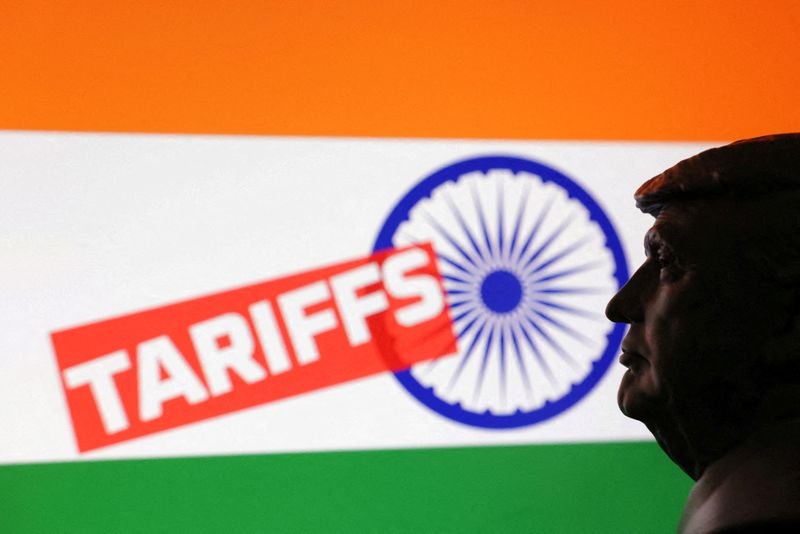Trump Imposes Additional 25% Tariff on Goods Imported from India
In a significant policy move, former President Donald Trump has announced a new 25% tariff on various goods imported from India. This decision is expected to reshape trade dynamics and has important implications for economic relations between the two countries.
Overview of the Tariff Policy
The newly imposed tariffs are part of a broader strategy aimed at recalibrating trade patterns. The main goal of this measure is to counteract what Trump’s administration views as unfair trade practices. By levying this additional tax, the former president aims to gain leverage in negotiations and protect domestic industries from foreign competition.
Impact on Trade Relations
This tariff is forecasted to put a strain on U.S.-India trade relations, which have been developing for years. Both nations have enjoyed a substantial trading partnership, but the introduction of these tariffs may lead to increased tensions. India has been a significant supplier of a variety of goods, including textiles and pharmaceuticals, which may now see reduced demand in the U.S. market.
Economical Consequences for India
The increase in tariffs could adversely affect India’s economic growth. Many sectors from which the U.S. imports goods are likely to witness a downturn. Companies that export to the U.S. may find themselves facing higher costs that could result in reduced profit margins or higher prices for consumers. Such repercussions could hinder India’s overall economic stability.
Reaction from Indian Officials
In the wake of this announcement, Indian officials have expressed their discontent. They argue that these tariffs could harm not just their economy but also the global supply chain. India’s government officials are likely to seek diplomatic channels to negotiate a more favorable trade arrangement and mitigate the possible fallout from these tariffs.
Incentives to Reshape Manufacturing
In response to the tariff, many U.S. companies may look inward, considering reshoring their manufacturing processes. By relocating production facilities to the U.S., firms could avoid the added costs of tariffs and take advantage of the growing domestic market. This could lead to a revitalization of certain industrial sectors, potentially creating jobs and stimulating economic growth at home.
Long-term Trade Strategies
The introduction of this tariff will force both countries to reevaluate their long-term trade strategies. The U.S. may seek to strengthen ties with other nations to diversify its supply chains away from India. Conversely, India might turn its focus to strengthening its relationships with alternative markets, thereby reducing its reliance on exports to the U.S.
Consumer Impact
American consumers could face higher prices as the new tariff takes effect. Retailers may raise prices to offset the tariffs, leading to increased costs for various goods ranging from apparel to consumer electronics. The overall inflationary pressure in the U.S. may rise due to this additional cost burden, impacting household budgets.
Global Trade Dynamics
This tariff is also indicative of larger global trade trends. As nations become more protective of their industries, the nature of international trade is changing. Observers will be closely monitoring not just U.S.-India relations, but also how this tariff impacts global trade agreements and negotiations. The potential ripple effects could extend beyond these two nations, affecting multilateral trade frameworks.
Future Outlook
The ultimate effectiveness of the 25% tariff on improving U.S. trade balances remains to be seen. Market leaders and economists will continue to analyze whether protective measures achieve their intended objectives or create more obstacles in the long run. The focus on tariffs as a trade strategy signifies a growing trend toward protectionism, which could have lasting implications for international trade relationships.
Conclusion
As this tariff takes shape, its effects will be observed across various sectors, impacting everything from manufacturing to consumer pricing. The complexities of international relations and trade dynamics will continue to evolve and require careful scrutiny.
